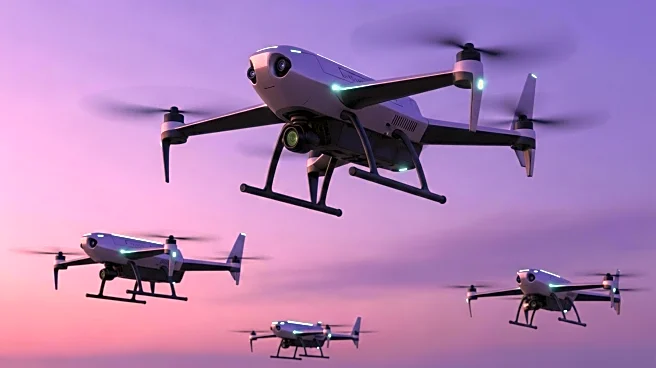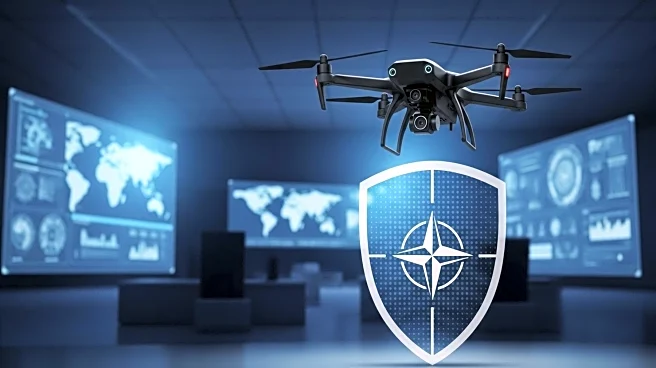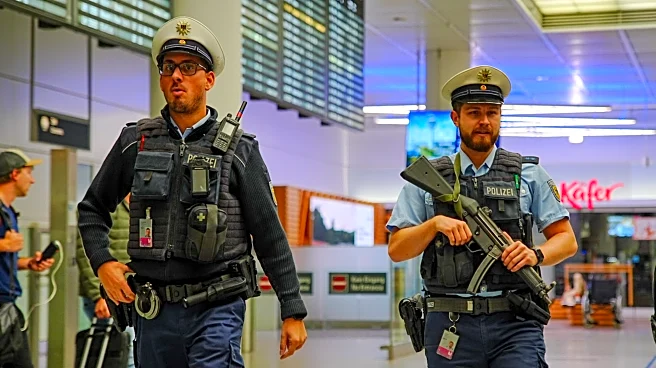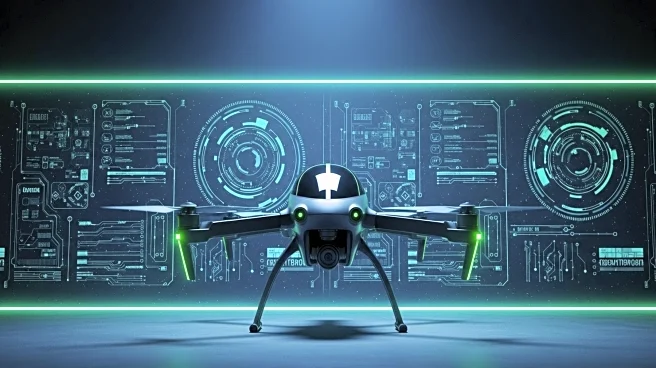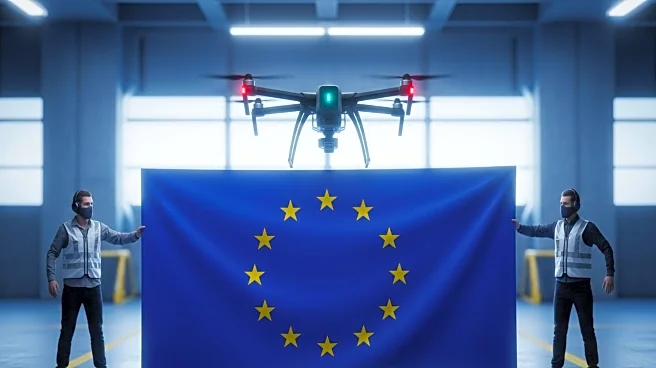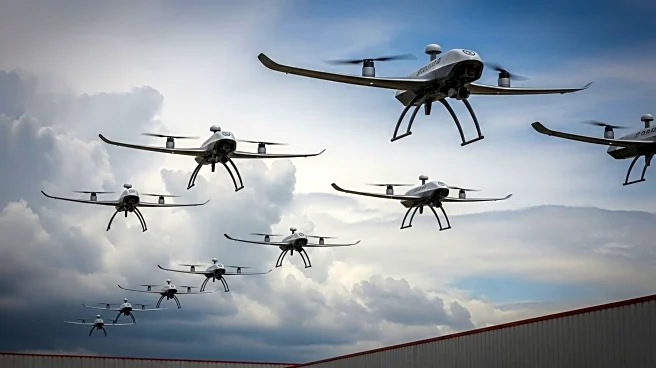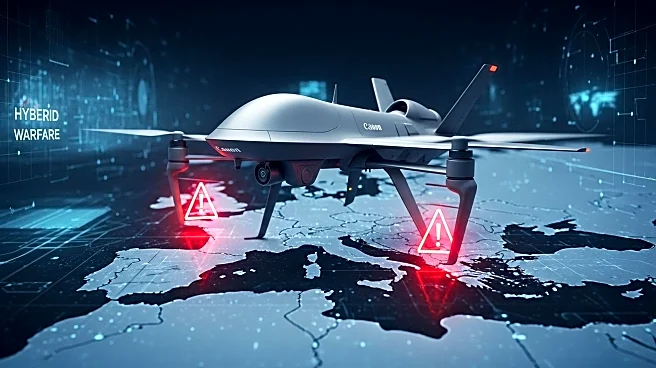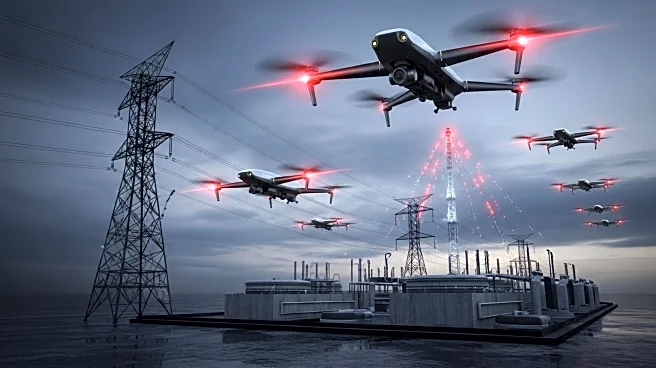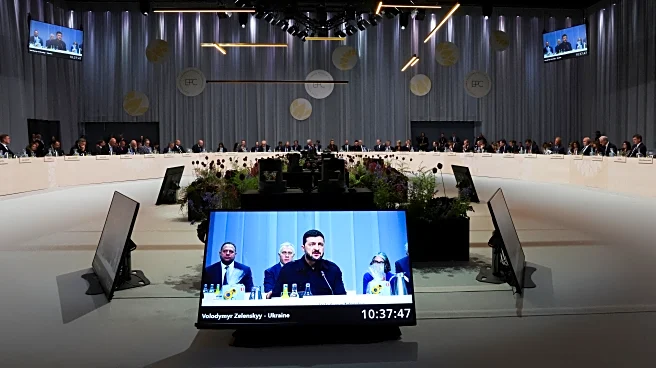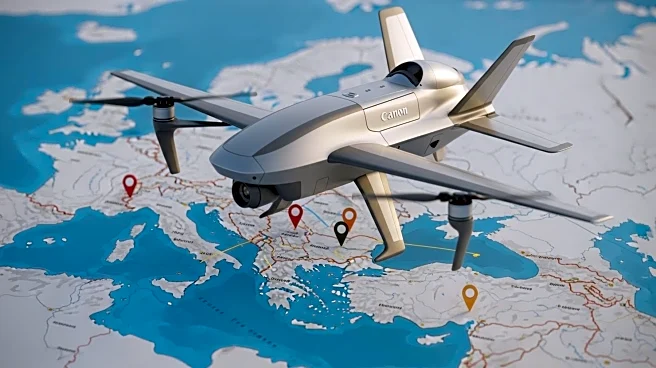What is the story about?
What's Happening?
Recent weeks have seen a series of mysterious drone flights over the airspace of European Union member countries, causing alarm among the public and officials. These intrusions into NATO airspace, some attributed to Russia, have reached unprecedented levels. On September 10, Russian drones entered Poland's airspace, prompting NATO aircraft to intercept and shoot down some of the devices. This marked the first direct encounter between NATO and Moscow since Russia's full-scale invasion of Ukraine in February 2022. Subsequent incidents involved Russian warplanes being escorted out of Estonia's airspace by NATO jets. These events have led European defense ministers to propose a 'drone wall' to better detect and intercept drones violating European airspace.
Why It's Important?
The drone incursions highlight significant security challenges for NATO and its member countries, raising questions about the alliance's preparedness against potential Russian aggression. The incidents underscore the need for enhanced surveillance and defense mechanisms to protect critical infrastructure and airspace integrity. The situation also reflects broader geopolitical tensions between Russia and NATO, with potential implications for international relations and military strategies. The development of a 'drone wall' could lead to increased defense spending and collaboration among European nations to address these security threats.
What's Next?
European countries are likely to continue investigating the drone sightings and enhancing their airspace security measures. The proposed 'drone wall' could see accelerated development and implementation as a preventive measure. NATO may also increase its surveillance and readiness to respond to similar incidents in the future. The situation could prompt diplomatic discussions between NATO and Russia to address the airspace violations and prevent further escalations.
AI Generated Content
Do you find this article useful?
